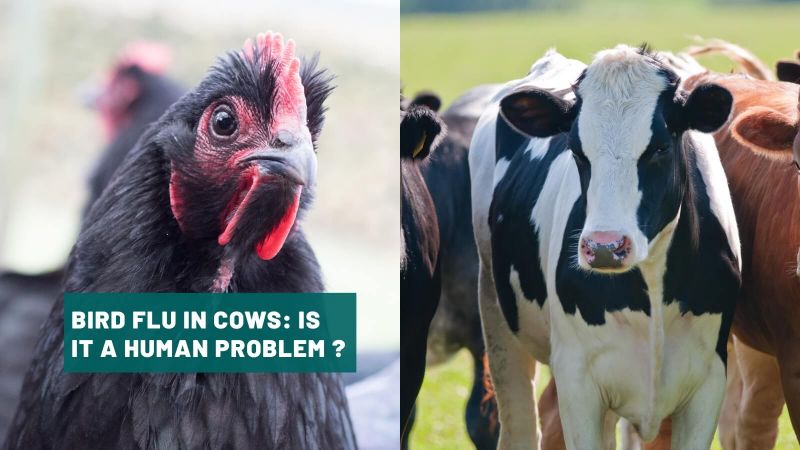Text to go here...
 Research on bears has extended our understanding of large mammal hibernation. The findings pave the way to creating similar suspended animation states in humans, with important implications for medicine and long-haul space flights.
Research on bears has extended our understanding of large mammal hibernation. The findings pave the way to creating similar suspended animation states in humans, with important implications for medicine and long-haul space flights.
Small mammals' body temperature plummets to near freezing temperatures during hibernation. But bears maintain a high body temperature during winter dormancy, leading some scientists to question whether bears actually hibernate.
To test this, researchers observed American black bears in an Alaskan outdoor forest enclosure. During the period of winter dormancy the bears moved into isolated wooden nest boxes disguised to look like dens. In the nest boxes researchers were able to measure body temperature and metabolic activity, defined by the rate of oxygen consumption.
The bears' metabolic rate dropped to a quarter of the normal rate, showing that bears do in fact hibernate. Researchers further found an unusual pattern of heat regulation. The bears' body temperature oscillated between a normal 36°C and a minimum of 30°C over a number of days. These fluctuations have never been seen before in hibernating animals.
Smaller animals, such as mice and hedgehogs, experience repeated arousals during hibernation, during which their body temperature rises from near freezing back up to the normal 36°C. The research suggests that temperature doesn't play as important a role in reducing metabolic rate as previously thought. In smaller mammals, halving metabolic activity causes a 10°C fall in body temperature. But in the bears, when metabolic rate fell to a quarter of the normal level, body temperature only fell by 6°C.
Researchers also measured heart, muscle and brain activity using implanted radio transmitters. They found the bears' heartbeat dropped from 55 to 14 beats per minute, but the rate varied depending on whether the bears were breathing at the time.
After leaving hibernation, the bears kept a low metabolic rate for two to three weeks. This suggests there is a biochemical mechanism which suppresses metabolism in the bears. The exact mechanisms that underlie hibernation are still unknown but further understanding of these processes could one day enable scientists to induce similar suspended animation states in humans.
Hibernation reduces energy costs in mammals and stops the losses in muscle, bone mass and function that normally occur over long periods of immobility and disuse. Such benefits could help astronauts survive lengthy space journeys. More usefully, inducing suspended animation in humans could be used to extend the medical 'golden hour' after a stroke or heart-attack, during which medical intervention is most effective. Further, manipulating these pathways could lead to new therapies for osteoporosis and muscle atrophy.
Last edited: 11 January 2022 10:59




